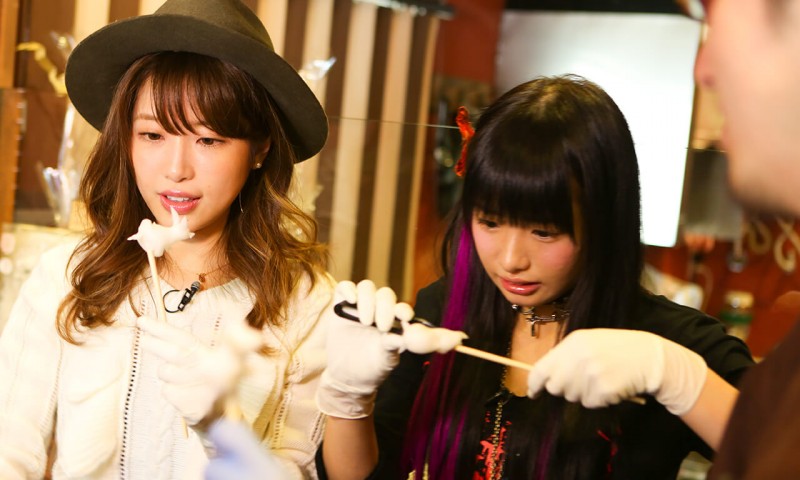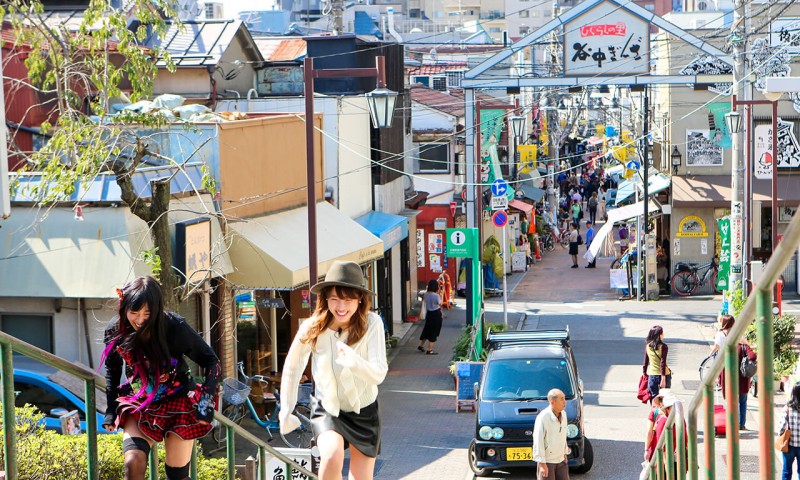
Perfect Spots for Hanami : Where to View The Sakura!
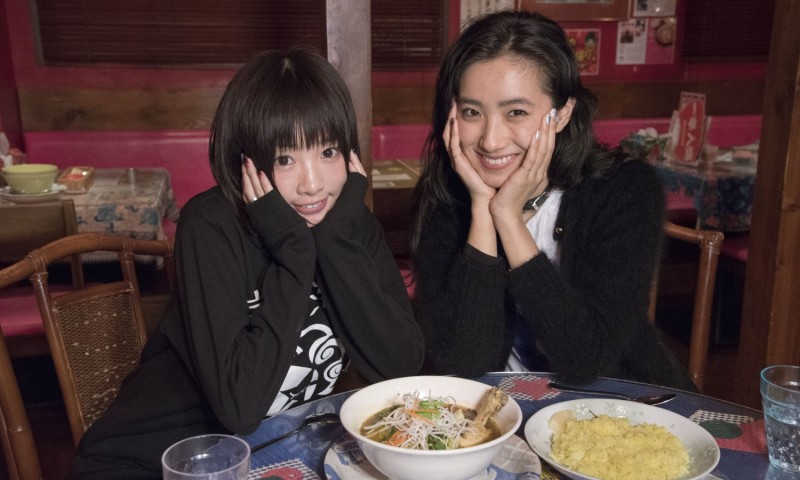
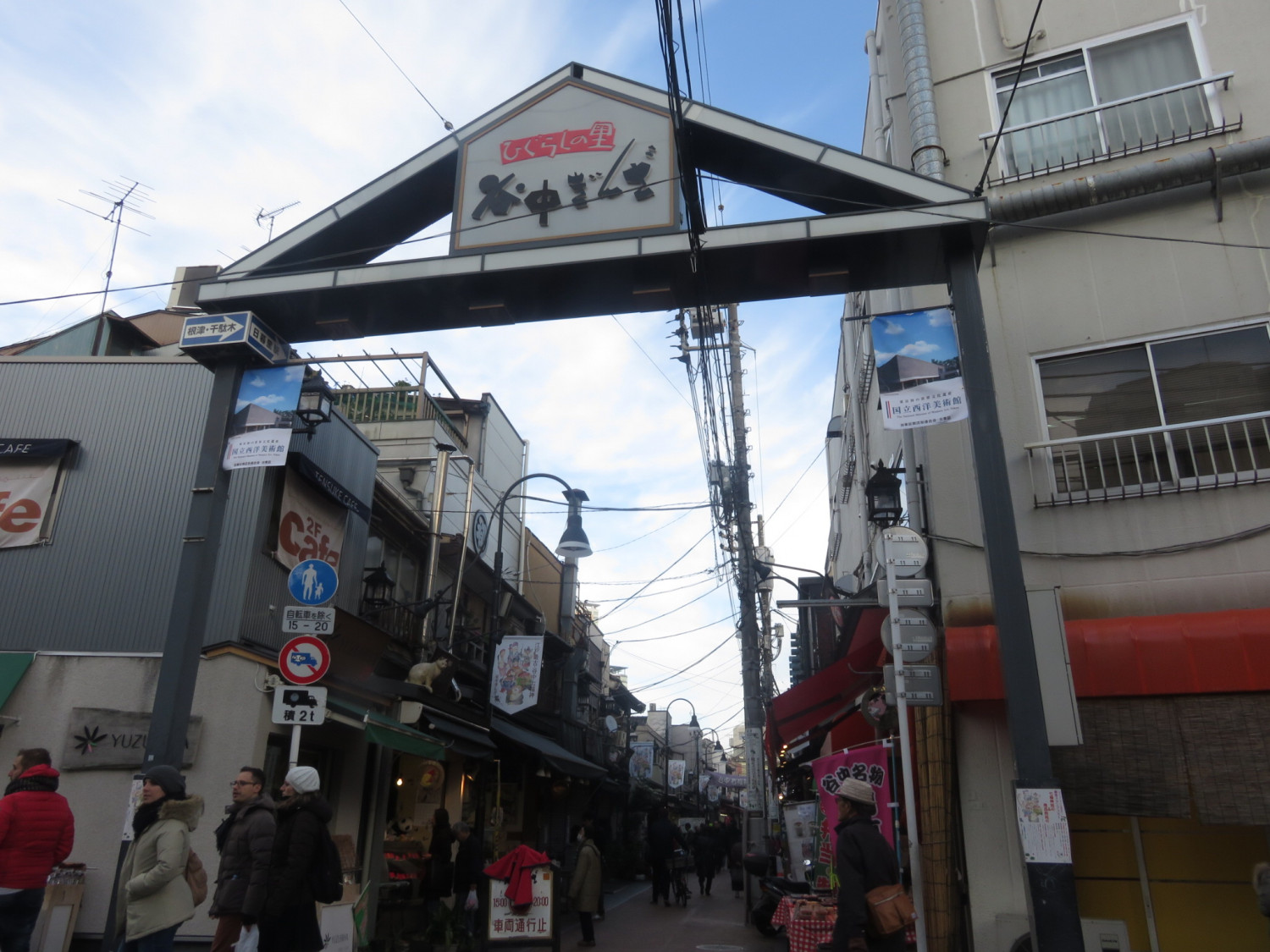
Sponsored Links
It’s time to venture out to other areas of Tokyo to explore! Tokyo doesn’t just consist of neighbourhoods on the Yamanote Line e.g. Ueno, Ikebukuro. The captial city has many hidden gems to visit yet they are rarely mentioned about especially for people wanting to explore the traditional side of Japanese culture. The only question is – which ones should you visit?
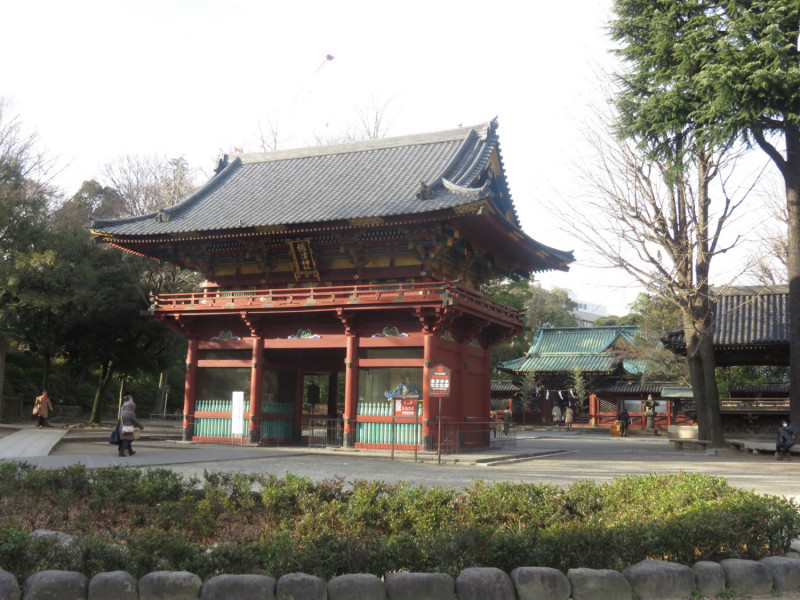
Photo by Nyasha
Visiting Nezu and you’ll get a peaceful feel of the area. The neighbourhood is predominately quiet as there is an abundance of residents and the area represents an atmosphere of historical Edo mostly because of the nearby Nezu Shrine. It is a must to visit this shrine as every Spring, there is a Bunkyo Azalea festival held every year. The taiyaki store nearby is very popular as there is usually a queue going outside the door.
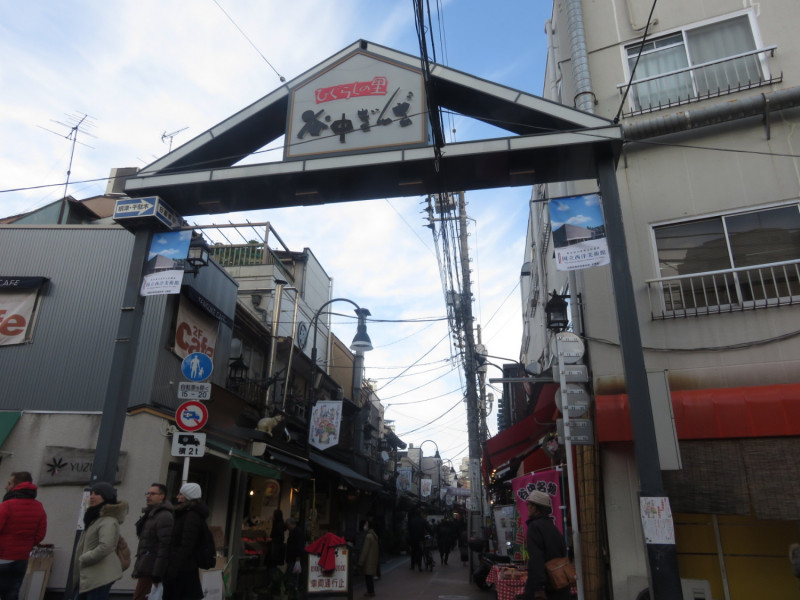
Photo by Nyasha
While it is very close to Nezu, Sendagi has its own charm. Nezu actually connects with the areas, Sendagi and Yanaka (YA-NE-SEN) with their own attraction spots. Sendagi is famous for its shopping street, Yanakaginza which has a range of shops selling a variety of food such as dango and the well known ”Genki Menchi Katsu” (minced meat cutlet) that many Japanese people buy as side dishes with their dinner. Just like Nezu, Sendagi is a peaceful neighbourhood and would be nice to stay around in.
It is a primarily residential area but Ikenoue is gaining more attention for it’s range of old style cafes and being a peaceful neighbourhood. Although it is still close to major areas such as Yoyogi and Shibuya, there is a less modern aura to this small town in the Tokyo wards as Ikenoue has more of a countryside feel.
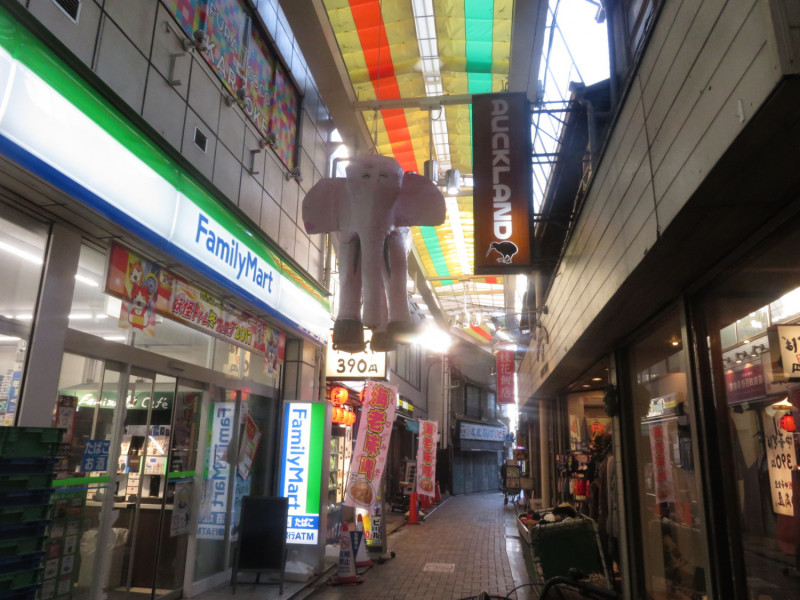
Photo by Nyasha
Nishi-Ogikubo has an odd charm about it. While it appears to be a reserved area, the surrounding areas boast this neighbourhood to have a lively presence. There is a range of recommended restaurants and small bars especially ramen shops. One recommended ramen shop is Papapapapa Pine which is famous for pineapple ramen. Small shopping malls are spread north and south of the area with large pink elephants hanging from the ceilings. It is said that they are mascots and are deeply loved by the locals.
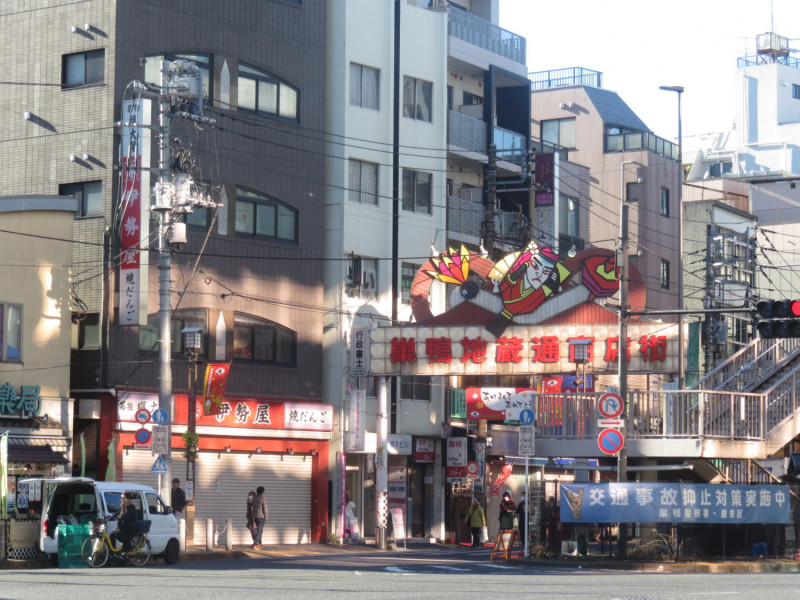
Photo by Nyasha
Sugamo is known for being a popular spot in the Toshima ward because there is a lot to see. The Koganji temple nearby is also famous and is home to the Togenuki Jizo statue. Just a 10 minute walk away from the station, Sugamo’s famous Jizo Dori shopping street is possible to visit. It is also known as ”Old Ladies Harajuku” as the traditional food and style of clothing (signature red underwear is also what Sugamo is known for) is mainly marketed to the elderly.
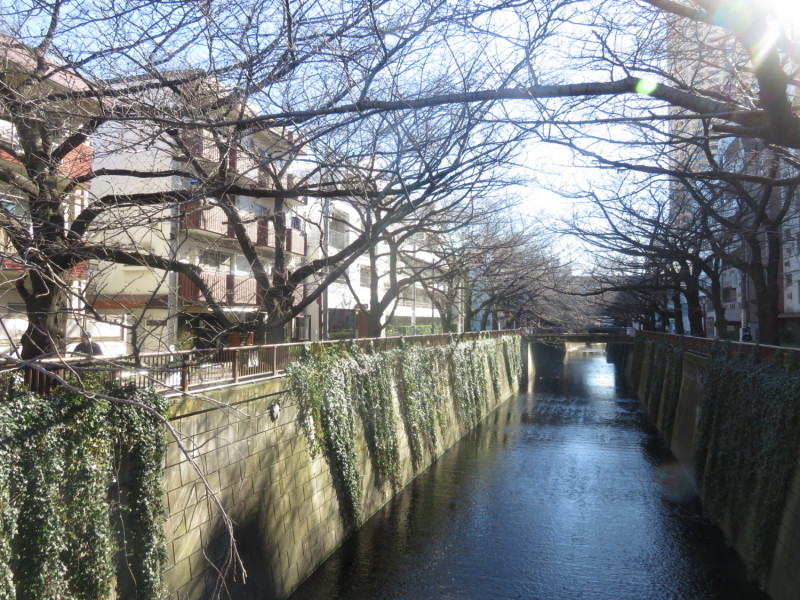
Photo by Nyasha
What Nakameguro is most famous for is it’s cherry blossoms by the Meguro River. If you go in the Spring, you get to see them at full bloom by the bridges. Apart from this, it is a very dense urban neighbourhood with a distinct youth subculture of vintage shops surrounding the area. The narrow streets of Nakameguro show it’s popular nightlife with an abundance of restaurants, bars and izakaya to go to.
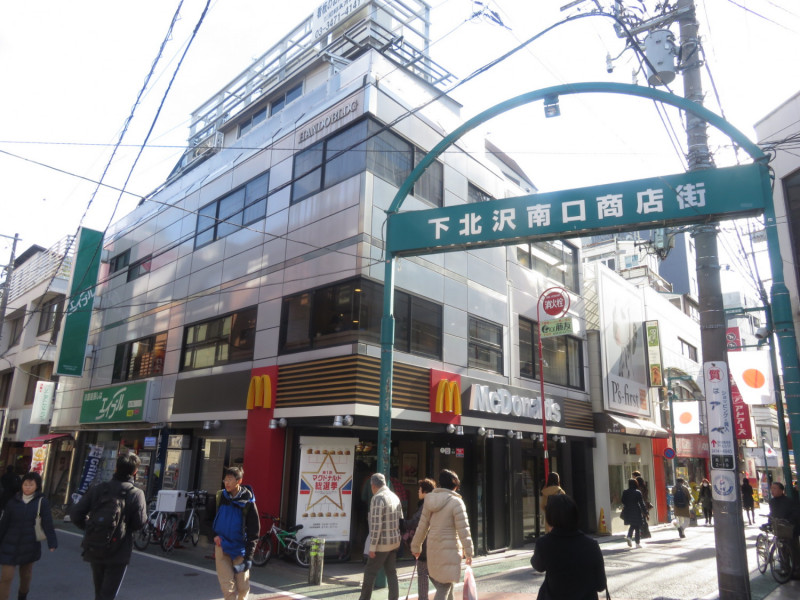
Photo by Nyasha
Shimokitazawa is quite close to Ikenoue (one stop away on the Keio-Inokashira Line) but has a lot to offer. Commonly known as ”Shimokita,” Shiomkitazawa is known for its range of entertainment places to check out such as live-houses, theaters and bars. Vintage is all over Shimokitazawa. There is a range of self-owned cafes, record and clothes shops with their own atmosphere and a variety of sellable items. Every Feburary, they have a month-long theater festival where eight theaters play a variety of plays if you are interested.
Sponsored Links

“Adios”? Nama Ham and Yaki Udon Announce Hiatus

Risa Satosaki Reveals Everything in the MV for “S!NG”!


